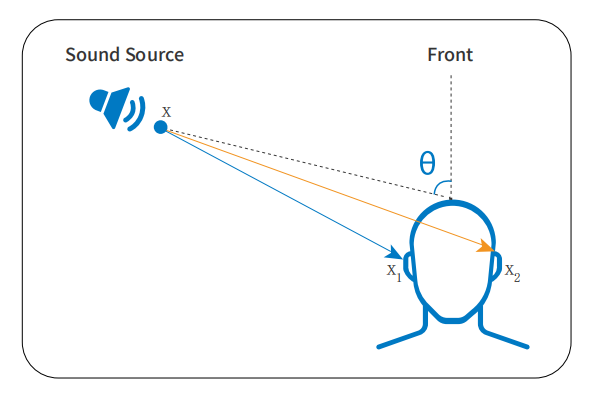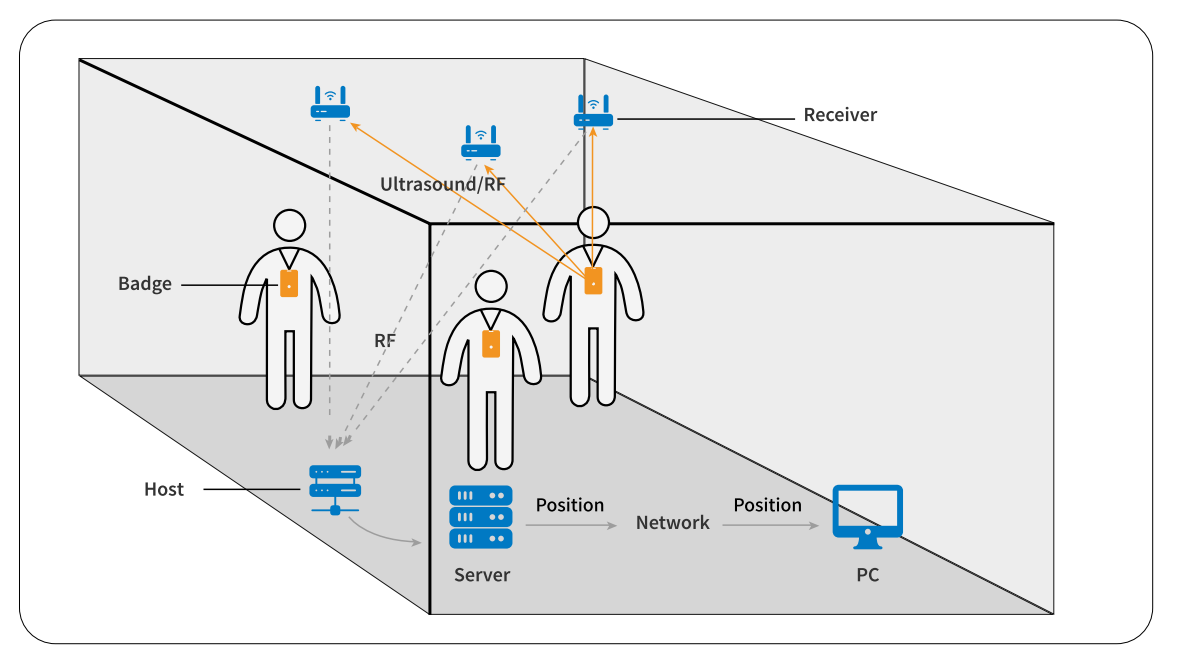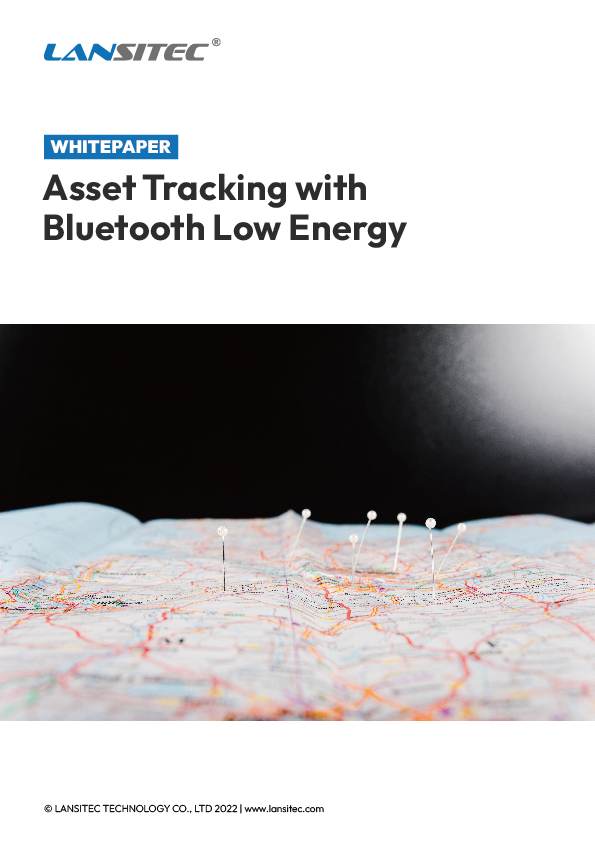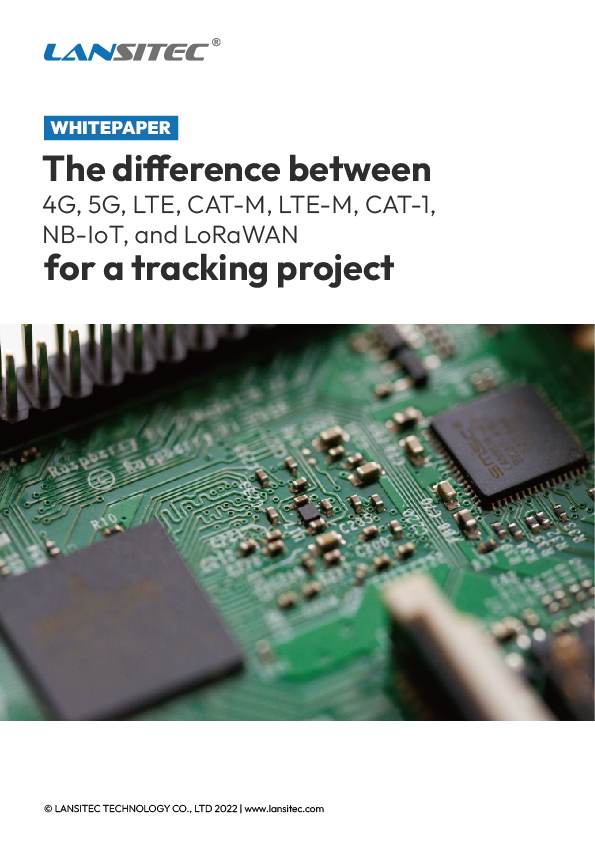What is Sound Source Localization (SSL) technology? Sound Source Localization technology means using multiple microphones at different points in the environment, and measuring the acoustic signal. The sound arrives at the microphones at different times. An algorithm is applied to process the received acoustic signal, thus gaining the relative direction (including azimuth and pitching angle), distance, and other information of the source point.
Human Ear Localization
When it comes to sound source localization, it is easy to think of how the human ears work. Human ears have monaural and bilateral localization ability. In the case of monaural localization, the received sound wave is reflected by various parts of the auricle and then enters the ear canal. Since the phase of the direct sound wave varies when reaching the ear, they interfere in the auricular and produce a special auditory effect, which is called the auricle effect. Combined with the rotation of the head, the location of sound source location can be perceived.

In binaural localization, the signal received in the left ear and the right ear will have the Interaural Time Difference (ITD) and the Interaural Level Difference (ILD). Positioning is based on the ITD and ILD for specific sound localization. The determination of horizontal azimuth can be mathematically expressed as a two-dimensional acoustic direction estimation problem, as shown in Figure 1.
The ITD information has a better effect on azimuth estimation at mid and low frequencies, while the ILD information has a better effect on azimuth estimation at high frequencies. Combined with the auricle effect, head rotation, and priority effect, we will have further and more accurate cognition of angle, distance, and other sound information.
Ultrasonic Positioning Method

Ultrasonic positioning mainly adopts the reflective ranging methods and determines the position of the object through multilateral positioning and other methodologies. The system consists of a host and several receivers. The host is placed on the target to be measured. The receivers are placed at fixed indoor locations. To establish the position, the host transmits signals of the same frequency to the receiver. After received by the receiver, The signal is then reflected back to the host. The distance is calculated according to the time difference between the echo and the transmitted wave to determine the position.
Sound source localization can be used for ship and vehicle detection, locating the major noise sources in machines (such as engines, automobiles, and aircraft), target selection, interference suppression in communication equipment or speech recognition, and monitoring the state of mechanical systems
In addition, due to the ability to estimate source intensity and sound field information, sound source localization methods have been widely used in the acoustic design of audio equipment and theater systems, non-contact measurement of vibration, and virtual reality audio systems. With the development of the metaverse, machine learning, cloud computing, and on-chip electronics, sound source location technology has ever-wider application prospects.
Ultrasonic Positioning Advantages
- High accuracy, to within a centimeter
- Relatively simple structure, with certain penetrability
- Strong anti-interference ability
Ultrasonic Positioning Disadvantages
- Large attenuation, not suitable for large-scale situations
- Reflection range is greatly affected by the multi-path effect and line-of-sight limitations
- Heavy investment in hardware facilities
Ultrasonic Positioning Applications
- Widely integrated into digital pens
- Offshore mining and military purposes
- Indoor positioning: object positioning in unsupervised workshops
Explore the Whitepaper: Introduction to the Basic Principles of Positioning Technology








